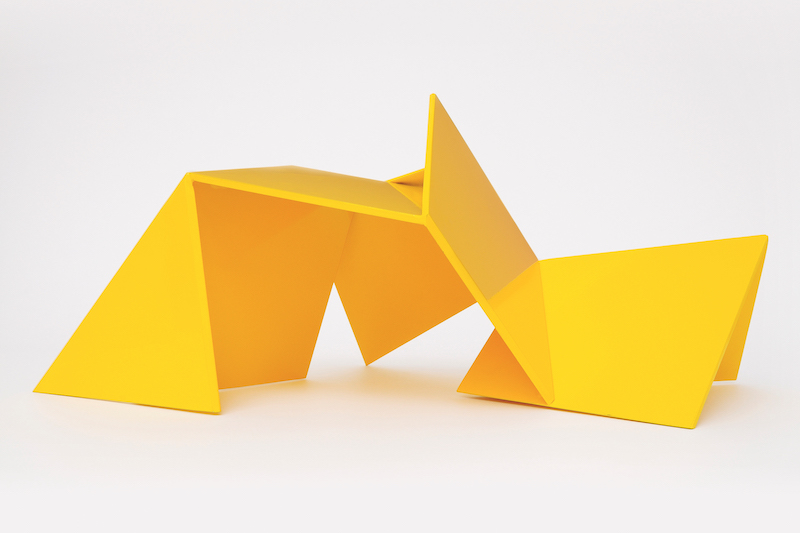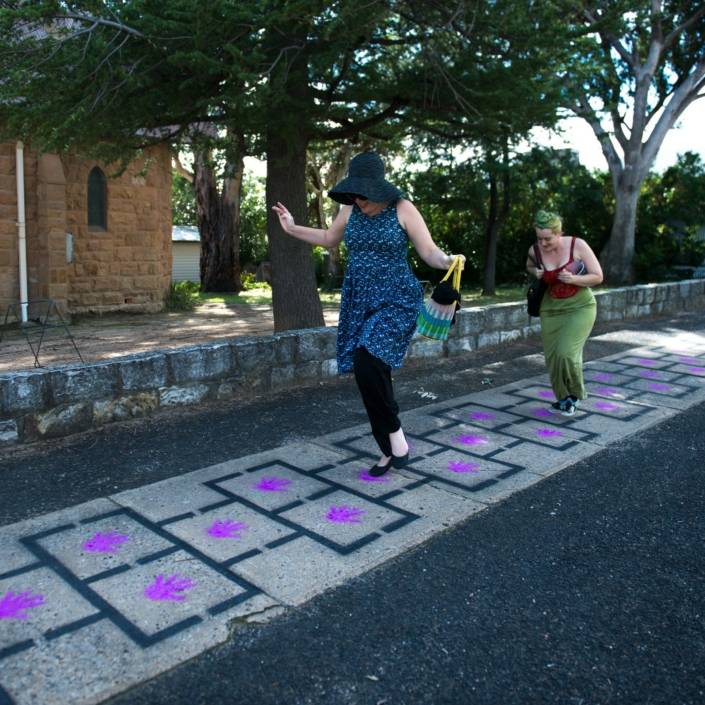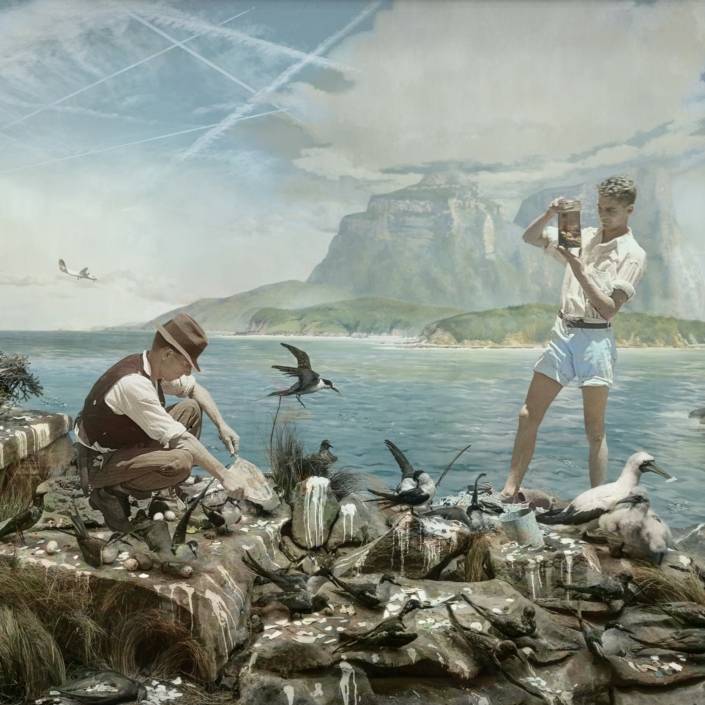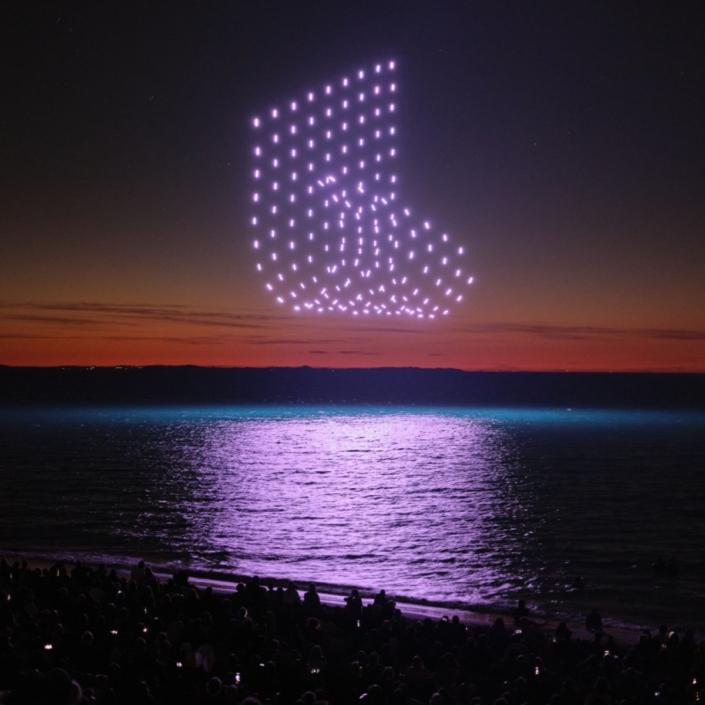MAF 2018: Going Solo
The new Melbourne Art Fair places its focus on tightly curated solo presentations. Here are four presented at this year’s fair that are not to be missed.
Words: Tai Mitsuji
The cancellation of Melbourne Art Fair (MAF) two years ago sent shockwaves through the Australian art scene. In the shorter term, it posed a statement about the art fair: “This is not working”. In the longer term, it posed a question: “What will?”. This year’s MAF seeks to answer that question – and answer it with verve.
The reincarnation of MAF under the watchful eye of CEO and director Maree Di Pasquale will see a shift towards solo shows, with group exhibitions becoming the exception rather than the rule. “Art fairs are not what they used to be. The original model, which was much more like a flea market for buyers and sellers, has been replaced by this notion of the art fair being the meeting place of the art world,” Di Pasquale explains. “The concept of a stockroom show just isn’t workable in this sort of environment.” Indeed, it is easy to see the appeal of a concentrated solo show within the chaotic cornucopia that is the modern art fair format. “There is a curious magic to a solo show at an art fair,” Di Pasquale observes. “A single artist can provide breathing space and allow the viewer to take in a body of work without distraction.”
Among the galleries that I speak to, there is a sense that this calculated shift is a favourable one. “We think and hope it will make for a more focused, more digestible art fair experience,” says Charles Nodrum of Charles Nodrum Gallery. “Having to look at the work of thousands of artists can be disorientating, and this has long been an issue for galleries at fairs.” However, Nodrum also acknowledges that this pivot has both risks and rewards attached: “While for the gallery, a solo show puts all one’s eggs into one basket, the presentation will most likely remain more clearly etched into the minds of visitors.” Nodrum is presenting a survey of the Ron Robertson-Swann, spanning from the 1960s until the present day, including an editioned casting of Vault – or, as Nodrum puts it, “one of – if not the – best known public sculptures in Australia”. Robertson-Swann was among the first artists that Nodrum took on when he opened his gallery in Melbourne in the 1980s, and one gets the sense that both this shared history and the solo show format will provide a deeper experience for fair attendees.
Perhaps no presence will be scrutinised as much as that of Roslyn Oxley9 Gallery, one of the high-profile cancellations of the 2016 iteration. When I ask her about the reinvented fair, director Rosyln Oxley explains: “The Australian art world is really quite small, and I think it’s important to do what I can to support our community.” But more than simply a gesture of support, she sees the MAF and its new emphasis as a unique proposition, noting that “there are only a few art fairs internationally that emphasise solo presentations”. Echoing Nodrum’s sentiments, she also sees the risks associated with the shift. “While it’s great for galleries to take a more curatorial approach to their stands, the decision is much more of a gamble and not usually commercially driven. [But] I still think it’s a good idea in terms of introducing collectors to the artist’s oeuvre.” Oxley herself will be introducing collectors to new work by stable artist Dale Frank. “Dale is one of the leaders in the field of experimental art practices,” says Oxley. “The way he works, the materials he works with, I find myself responding to Dale Frank’s work.”
When I ask Matthew Nache of PAULNACHE about the new emphasis of the fair, I’m greeted with levity. “One artist is great, as it makes splitting the bar tab so much easier!”, he replies, before going on to discuss the importance of “tighter curation and stronger presentations”. While the fair represents a significant investment of time and effort for the New Zealand gallery, Nache believes in the almost intangible importance of the event – which stretches beyond the fiscal. “It creates ambition in my artists to shift past where they’re comfortable … and see their work against the work of other artists, in a wider context,” he explains. “And of course, it gives us the opportunity to show people what they may never have seen before.” This year that surprise comes from the ceramic works of Virginia Leonard, which Nache describes as “exuberant, visceral, bodily sculptures of our experience from both inside and outside our physical forms”.
PAULNACHE is not alone in making the transoceanic journey. “It is, obviously, a good opportunity to bring New Zealand art to Australia, rather than waiting for Australians to make their way to us,” Simon Bowerbank of Bowerbank Ninow explains. The Kiwi gallery is presenting a series of colour photogram works by Andrew Beck; pieces that fuse analogue processes with digital optics, bringing together aspects of the old and the new. The ethos of the fair and its more focused format has not discouraged Bowerbank Ninow’s attendance – if anything, it appears to have encouraged it. “I always have the rule that we should never show anything at an art fair that we wouldn’t show in our gallery,” Bowerbank confides. “It’s tempting to compromise in order to potentially make more sales, but it wouldn’t feel right.” And that’s the crucial point, because this year’s MAF really does feel right. n







